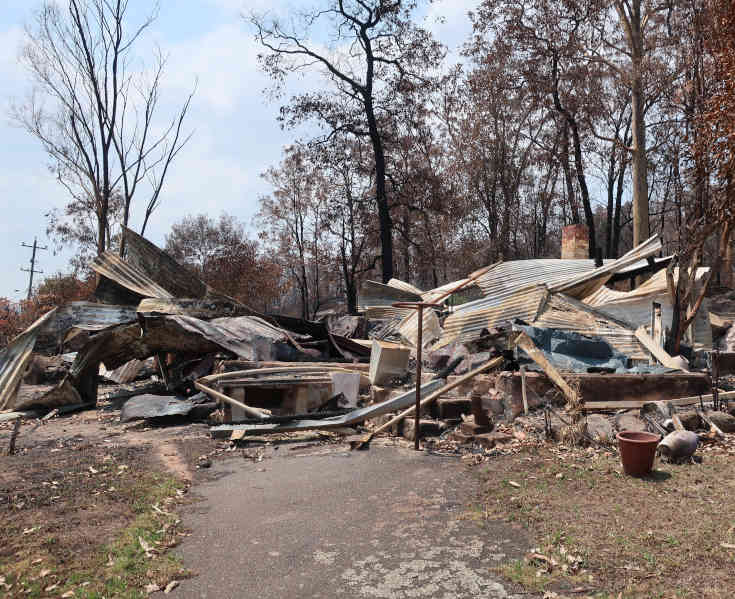Few things in life are certain, and many things require us to assess risk. For example, we buy insurance to cover the unlikely event of a huge loss, and hope we never need to use it.
When it comes to climate change, it turns out that the risks are large. A new report by the NSW Treasury Department, no less, gives some insights into the potential cost of climate risk.
The future cost of climate change
The Treasury report predicts likely increased costs in NSW over the next 40 years due to climate change:
Natural disasters
The increasing frequency of bushfires, floods and storms will cause annual damage costs to more than treble from the present $0.9 billion to about $2.8 billion.
When indirect costs (e.g. fatalities, mental and physical health and losses to tourism) are included, the average costs are predicted to rise from the present $5 billion to $16-$17 billion each year. Because natural disasters occur sporadically, the cost in any year could vary between $30 million and $75 billion.
Increasing loss of ecological and Aboriginal cultural values can also be expected.
Sea level rise
Over the next 40 years, sea level rise will likely erode or inundate more than 40,000 coastal properties, at an estimated cost of around $1 billion a year. This estimate doesn’t include damage to roads, ports, and coastal ecosystems and fisheries.
Heat waves
Heatwaves are increasing in frequency, and by 2061 are predicted to cost an extra 0.7 million to 2.7 million days lost from work, with the construction industry especially hard hit.
Agriculture
In addition to lost working days (included in the above figures), lost agricultural production because of changed weather patterns could cost between $0.75 billion and $1.5 billion per year.
And all the rest
These cost estimates don’t include many indirect and intangible costs, and don’t cover some other climate issues, such as water security, drought and the cost of infrastructure construction and maintenance. The total cost of climate change would be significantly higher than these estimates.

The Treasury Report
The Treasury report is titled An indicative assessment of four key areas of climate risk for the 2021 NSW Intergenerational Report and was released this month (April 2021). The report assesses four areas of potential climate risk over the next 40 years:
- natural disasters (bushfires, floods and storms);
- property and land damage from sea level rise;
- the effects of heatwaves on workplace productivity;
- the effects of climate change on agricultural production.
Three different climate scenarios are considered, allow for different levels of global action (or inaction!) on climate change.
The report includes graphs of changing climate more than a century, as shown in rising temperatures and increasing heatwaves (see graph above). It concludes that global action on climate change, to lead to the least harmful of the three scenarios considered would benefit NSW by $56 billion over 40 years.
Not only in NSW
This NSW analysis agrees with analysis from elsewhere:
- A record number of hurricanes, wildfires and floods exacerbated by climate change cost the world $210 billion in damage in 2020.
- The annual number of billion dollar weather and climate disaster events in the US has been increasing since 1980.
- A study by Australia’s Climate Council shows that the cost of extreme weather in Australia has more than doubled since the 1970s.
The bottom line
This report has considered a subset of likely climate costs, so the estimates are only indicative. But it shows that climate action can have tangible economic benefits in addition to health and ecosystem benefits.
Photo: The remains of the Mogo Pottery studio, in the “church on the hill”, destroyed in the 2019/20 summer bushfires which swept through the south coast village of Mogo. These fires were significantly worse than any previous fires since European settlement, and climate change is considered to have been a major factor in their severity.
